Concrete Footings: Everything You Should Know About Supporting Your Structure
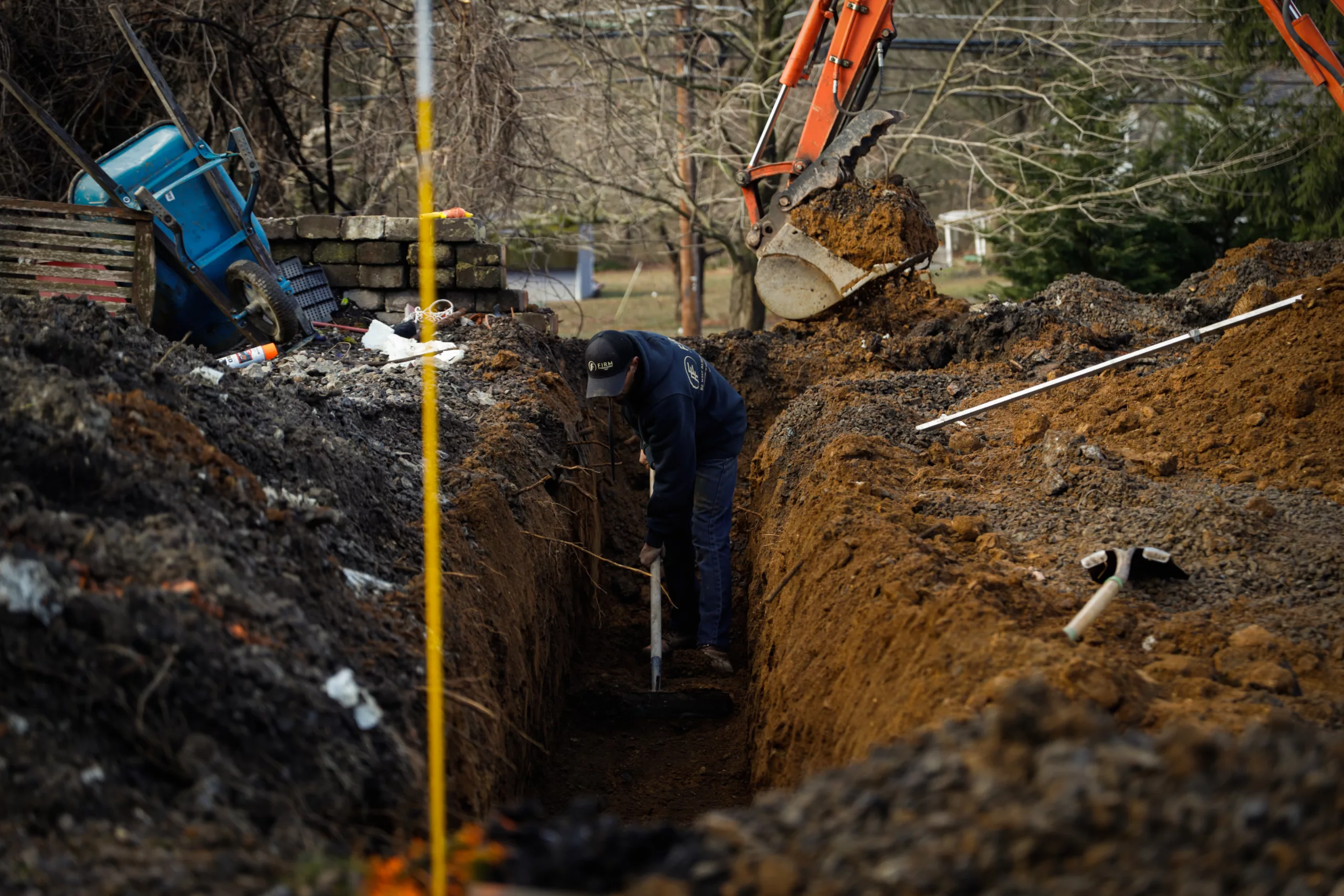
When it comes to constructing any building or structure, the foundation is the backbone that ensures its long-term stability and durability. In particular, concrete footings play a crucial role in providing a solid base for various types of construction projects.
In this post, we will delve into the importance of properly constructed concrete footings and their impact on the structural stability of buildings. From understanding their purpose to exploring best practices for installation, we will uncover the key elements that contribute to a strong and reliable foundation. Let’s start by describing exactly what a concrete footing is.
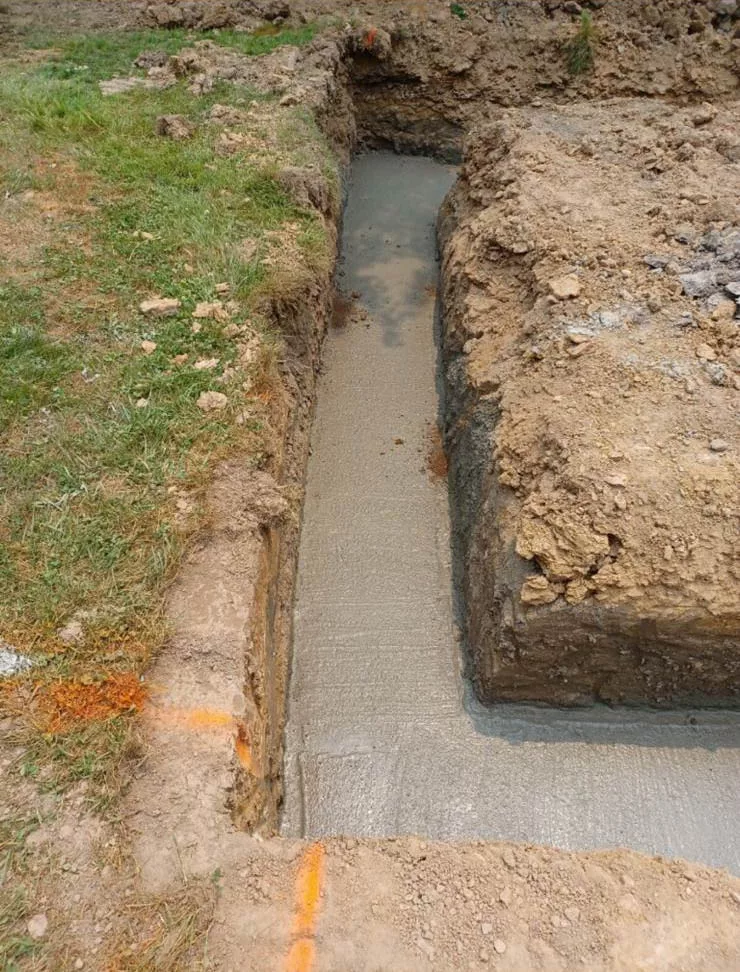
Concrete footings are an essential component of building foundations, providing a stable and secure base for various structures. They are typically constructed below ground level and serve as a support system to distribute the weight of the building evenly to the underlying soil or rock.
The primary purpose of concrete footings is to transfer the load of the structure, such as walls, columns, or piers, to the ground in a controlled and safe manner. By spreading the weight over a larger area, footings help prevent excessive settlement, shifting, or sinking of the structure. They play a crucial role in maintaining the structural integrity of the building, ensuring its stability and durability over time.
Concrete footings also help to prevent the structure from being affected by soil movement or settlement. They act as a barrier between the building and the potentially unstable or expansive soil. Additionally, footings provide resistance against horizontal forces, such as wind or seismic activity, helping to anchor the structure firmly to the ground.
Furthermore, concrete footings provide a level and solid surface for the construction of walls and other load-bearing elements. They help to distribute the weight evenly, minimizing the risk of cracks, tilting, or other forms of structural damage.
The Role of Concrete Footings in Supporting Structural Loads
The role of concrete footings in supporting structural loads is paramount to the stability and integrity of any building or structure. Concrete footings are designed to bear the weight of the structure and transfer the loads to the underlying soil or rock in a safe and controlled manner. Here are the key aspects of their role in supporting structural loads:
- Load Distribution: Concrete footings help distribute the weight of the structure evenly to the ground. By spreading the load over a larger area, footings prevent excessive stress on specific points or areas, reducing the risk of settlement or structural failure. They ensure that the weight is properly dispersed, maintaining balance and stability throughout the structure.
- Vertical Load Support: The primary function of concrete footings is to support the vertical loads imposed by the building, including the weight of walls, columns, beams, and other load-bearing elements. Footings transfer these loads from the superstructure to the ground, preventing overloading and ensuring that the structure remains secure.
- Point Load Resistance: In some cases, specific areas of the structure may have concentrated or point loads, such as heavy machinery or equipment. Concrete footings are designed to withstand these point loads by providing a solid base that can support the weight without causing excessive stress or deformation.
- Lateral Load Resistance: Apart from vertical loads, concrete footings also contribute to the resistance against lateral forces. Forces like wind, earthquakes, or soil pressure exert horizontal pressure on the structure. Well-designed footings, with appropriate dimensions and reinforcement, help anchor the structure to the ground, providing stability and preventing excessive movement or collapse during such events.
- Stability on Unstable Soil: In areas with challenging soil conditions, such as expansive clay or loose soil, concrete footings play a crucial role in providing stability. They ensure that the weight of the structure is distributed to a more stable layer of soil or rock, minimizing the impact of soil movement or settlement and reducing the risk of structural damage.
By supporting the structural loads and providing a solid foundation, concrete footings are essential for maintaining the overall stability, safety, and longevity of buildings and structures. Professional design and construction, considering the specific requirements of the project and local building codes, are crucial to ensure the adequacy and effectiveness of the footings in supporting the intended loads.
Common Issues and Mistakes to Avoid in Concrete Footing Installation
During concrete footing installation, it is crucial to avoid common issues and mistakes to ensure a successful outcome. This includes proper site preparation, accurate footing design and dimensions, adequate reinforcement, precise formwork construction, correct concrete mixing and pouring techniques, sufficient curing, and regular quality control inspections. By avoiding these pitfalls, you can enhance the quality and integrity of the footings, ensuring their strength, stability, and durability for the structure they support.
Benefits of Investing in High-Quality Concrete Footings
Investing in high-quality concrete footings offers numerous advantages for construction projects. Firstly, they provide structural integrity and stability by evenly distributing the load and preventing settling or uneven settling that can lead to structural damage. Additionally, high-quality footings enhance the stability of the structure against horizontal forces such as wind or earthquakes, ensuring a safer environment. Moreover, they exhibit exceptional durability, resisting deterioration from moisture, temperature fluctuations, and chemicals, resulting in reduced maintenance costs and longer-lasting foundations.
Secondly, high-quality concrete footings have an increased load-bearing capacity, allowing them to effectively support heavy loads from walls, columns, and other components. This ensures the stability and safety of the entire building. Additionally, well-constructed footings minimize settling and shifting over time, maintaining the building’s levelness and preventing structural issues. Furthermore, investing in high-quality footings ensures compliance with building codes, providing peace of mind for property owners and occupants. Overall, high-quality concrete footings offer a reliable foundation that enhances the longevity, durability, and stability of any construction project.
Case Studies: Examples of Successful Concrete Footing Applications
Here are a few projects we had completed for customers who had a concrete footing installed for their foundations.
16×36 Concrete Foundation In Flourtown, PA
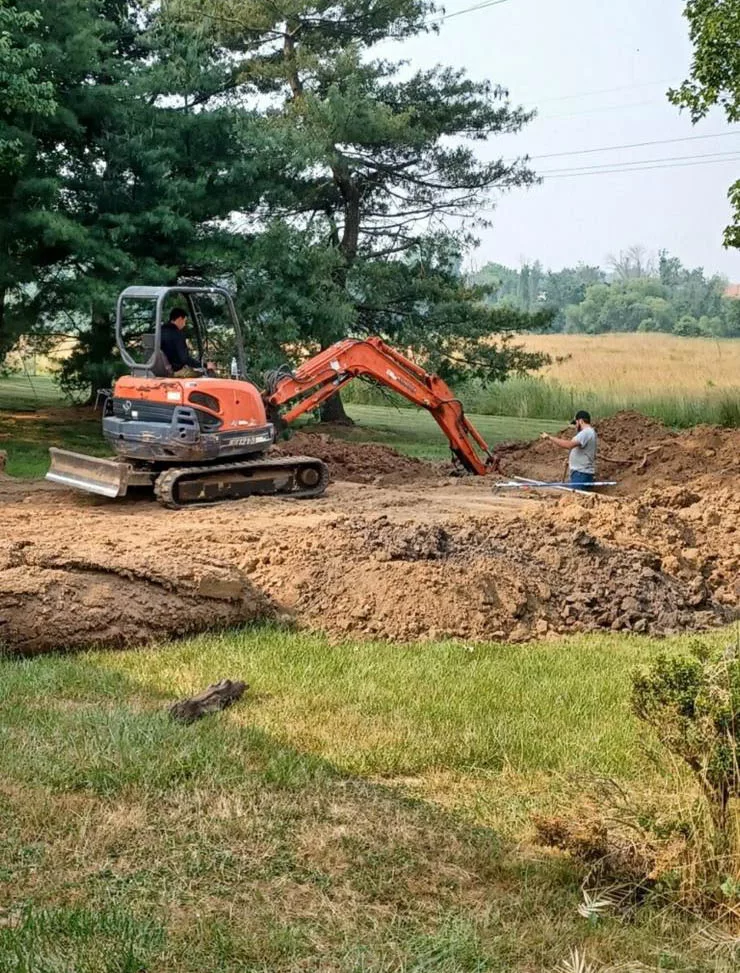
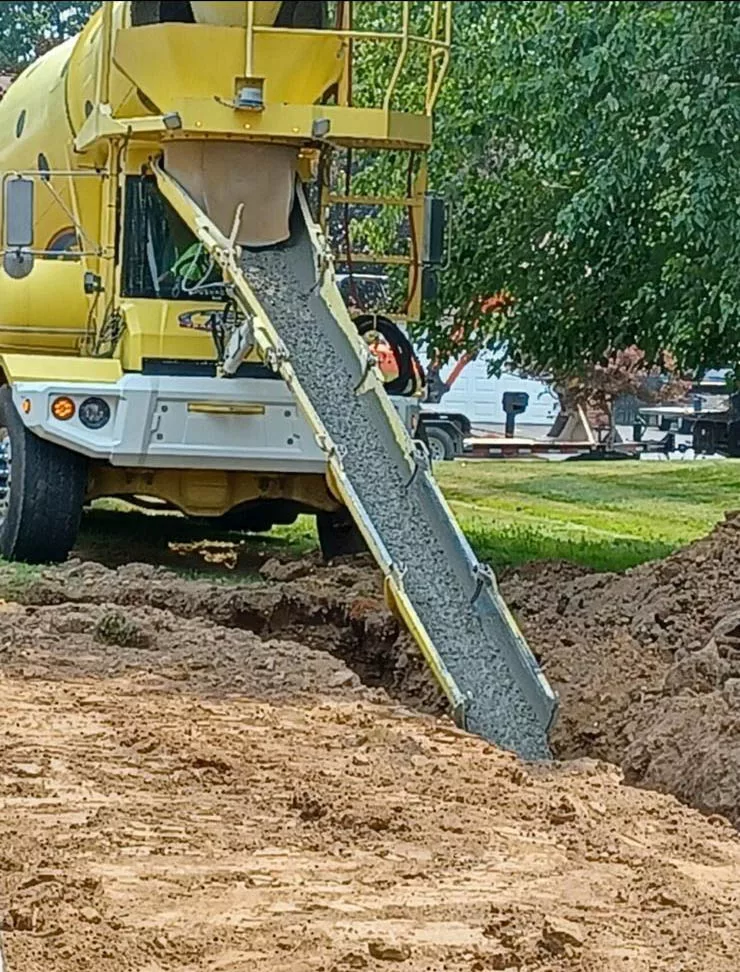
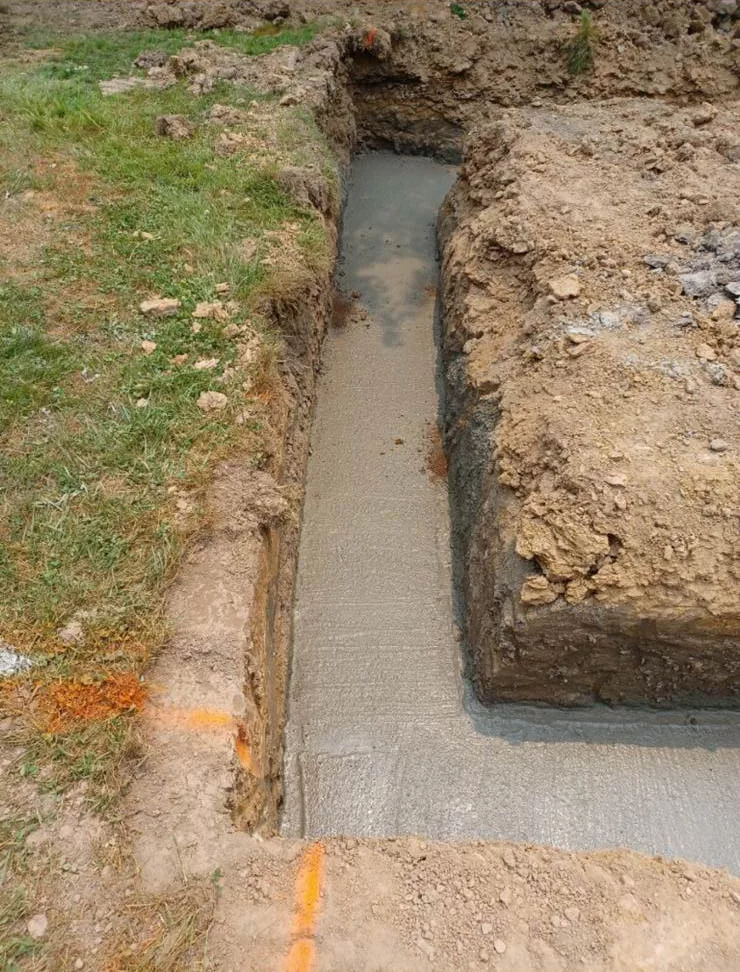
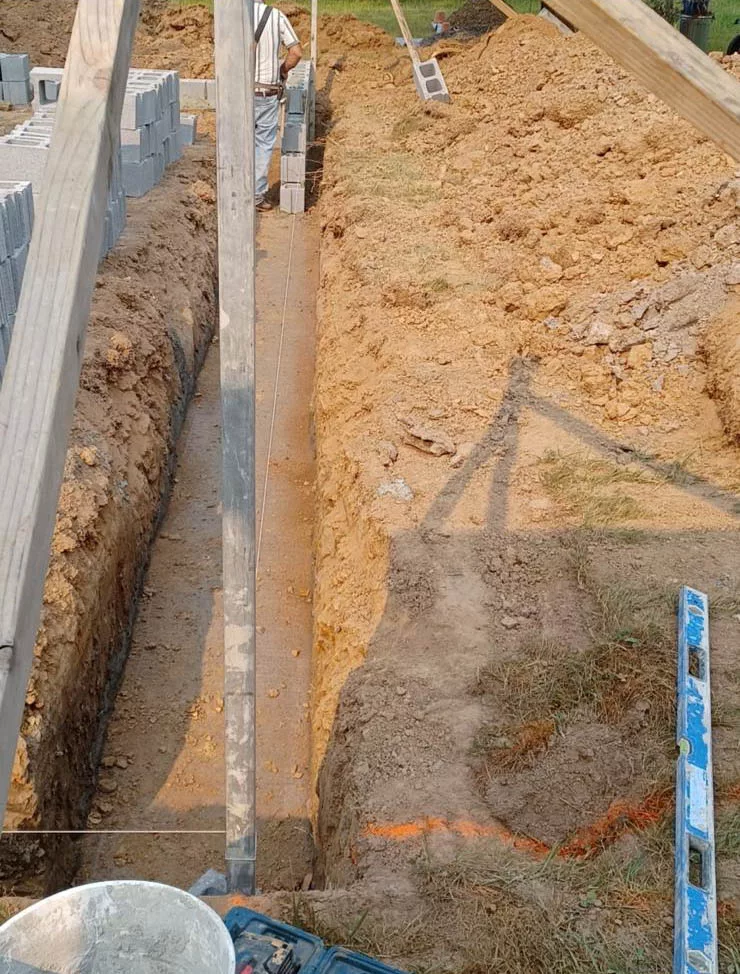
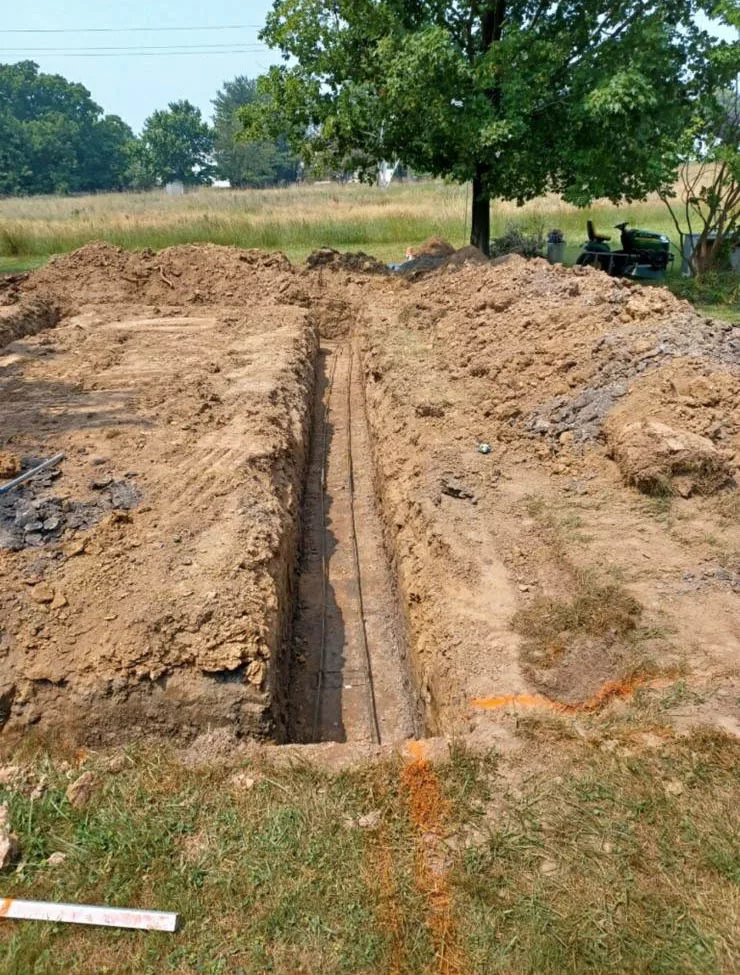
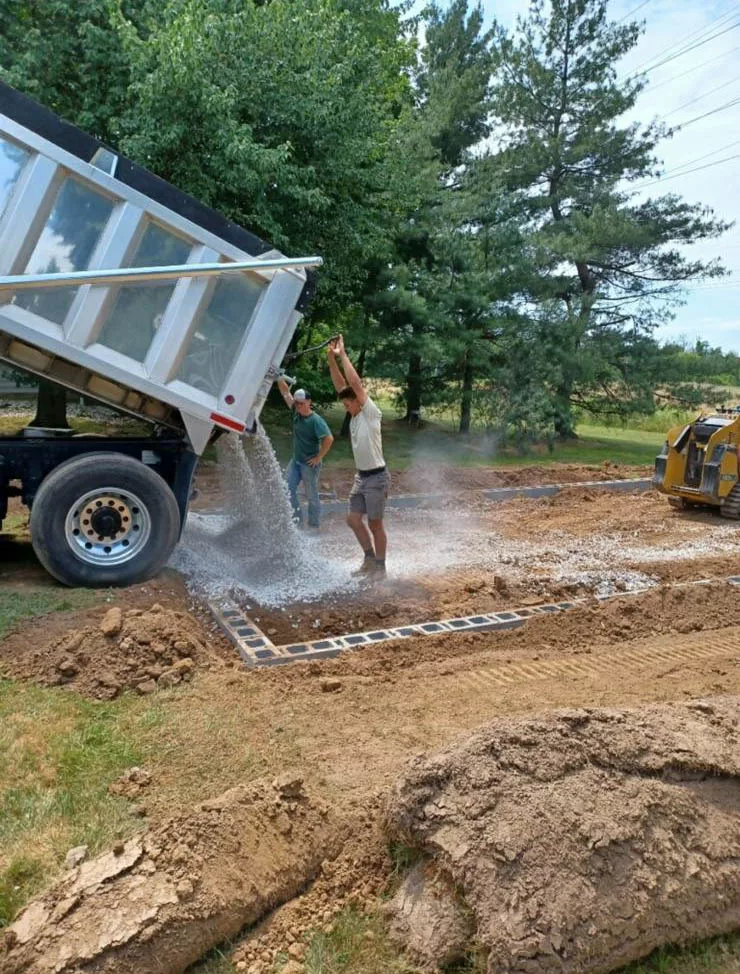
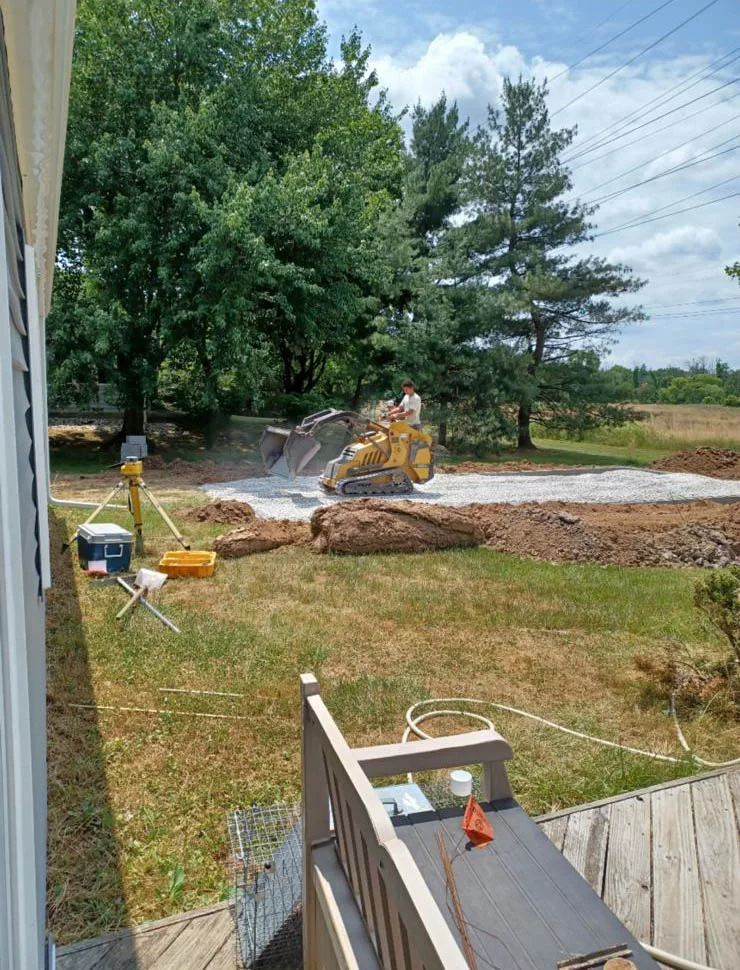
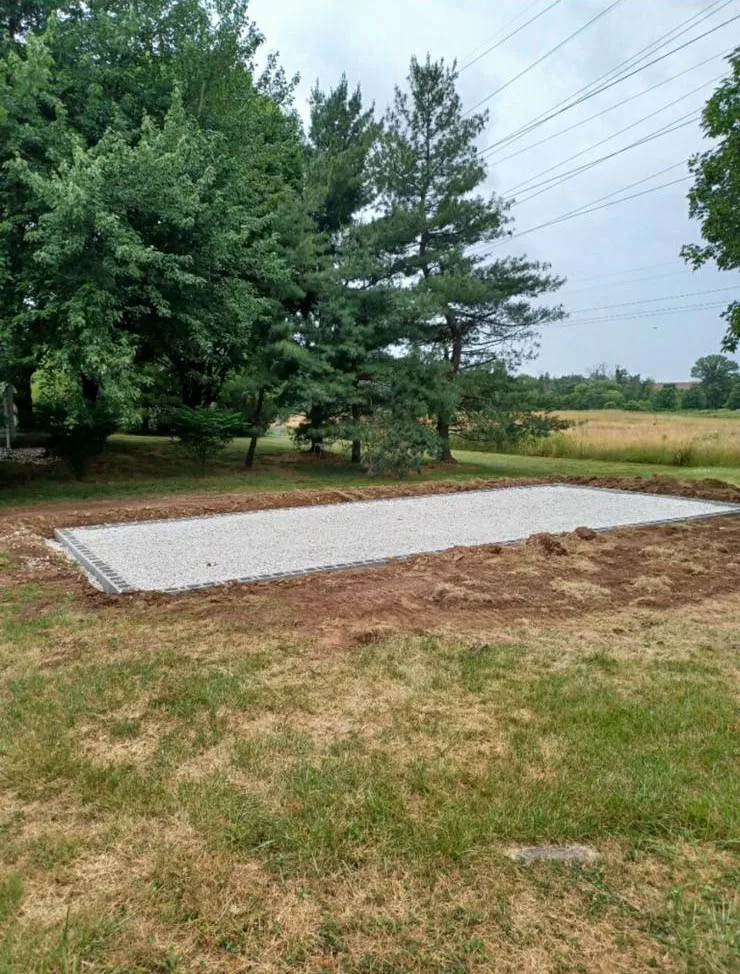
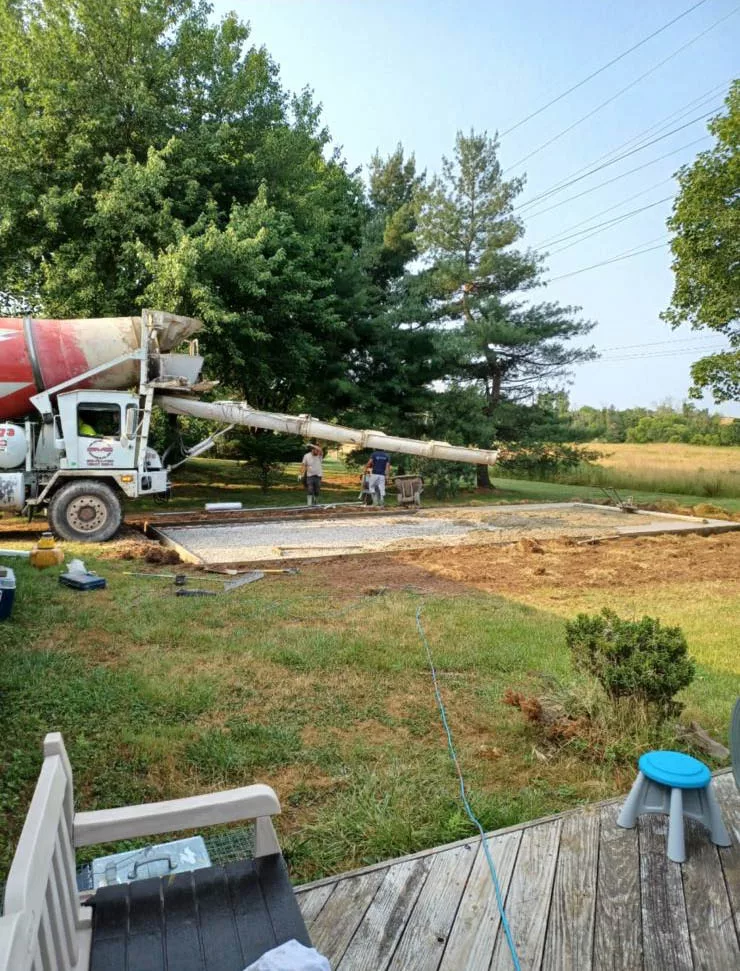
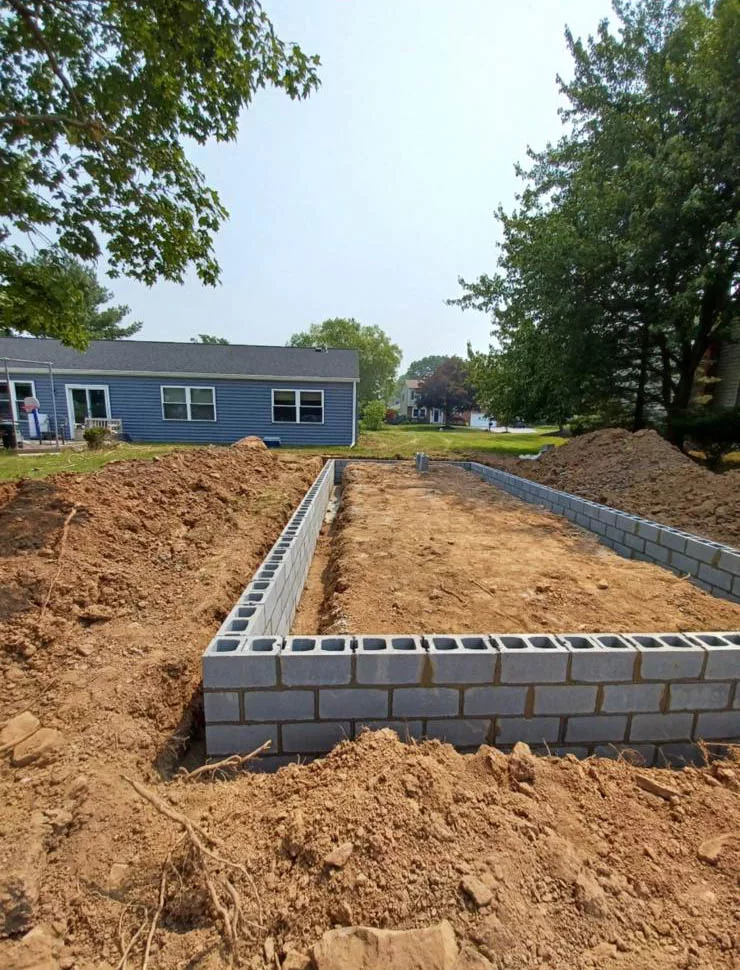
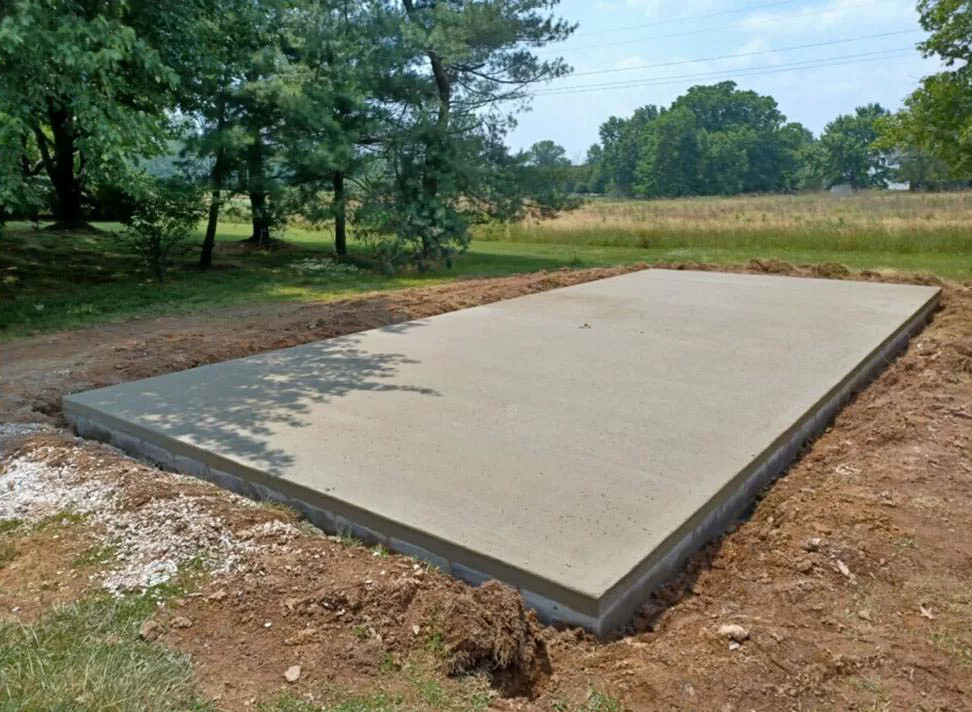

2-Car Garage Foundation In Coopersburg, PA
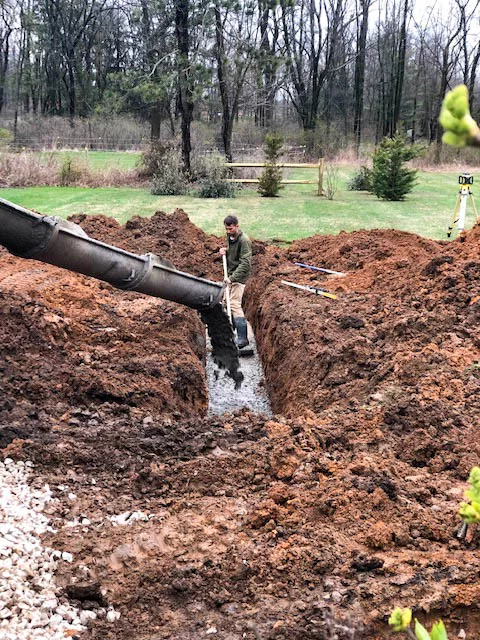
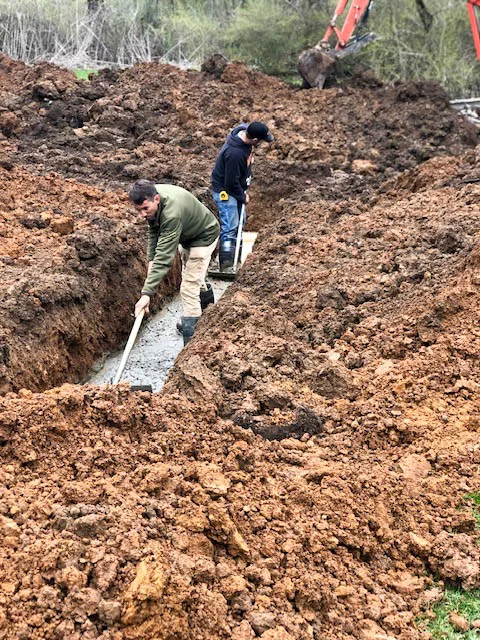
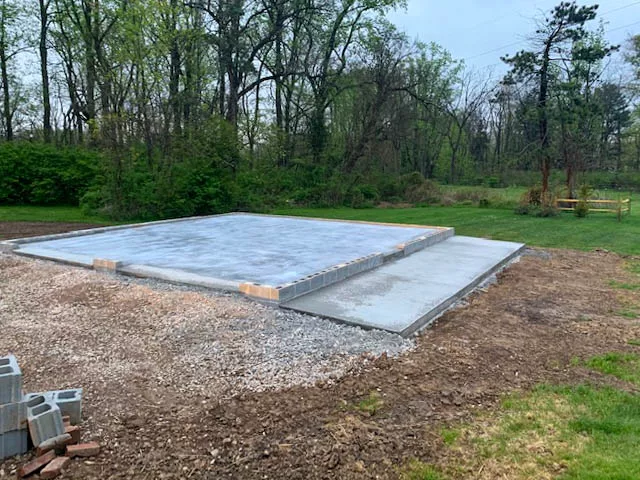
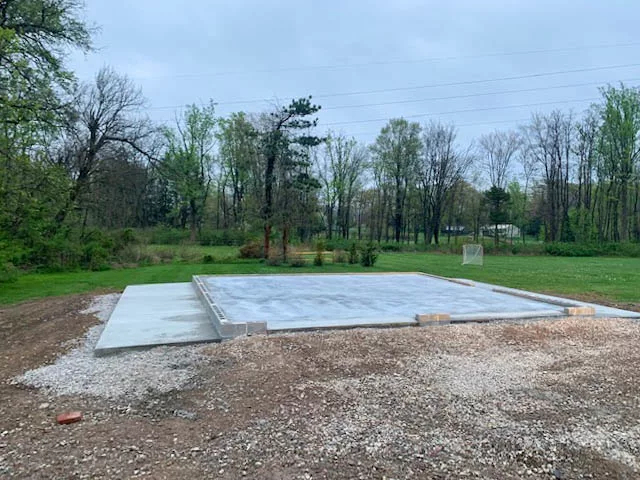


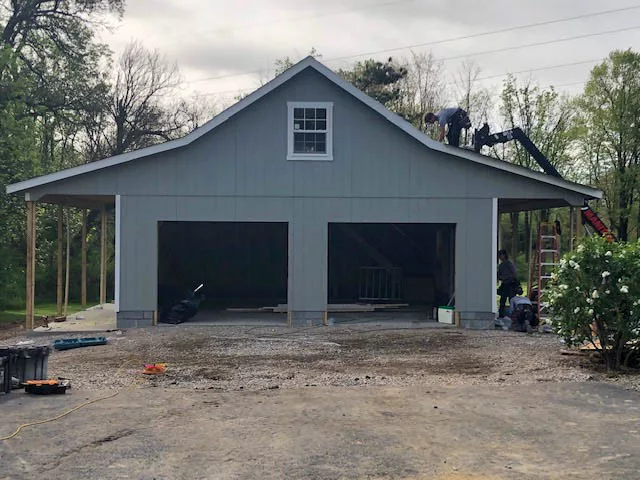




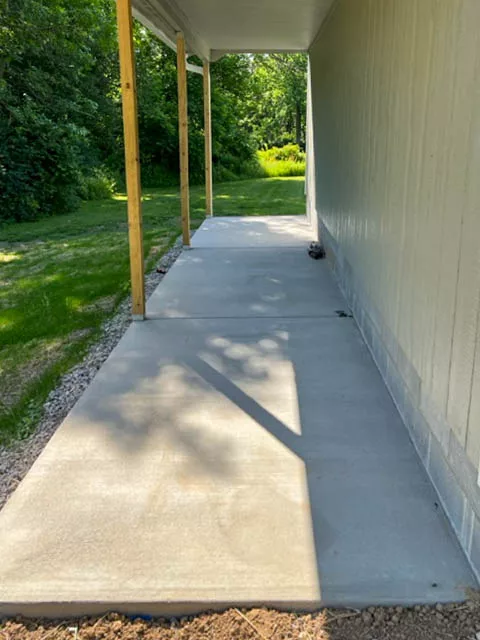


The Crucial Role of Concrete Footings in Building Stability
In conclusion, concrete footings play a crucial role in ensuring the stability and longevity of any building structure. By evenly distributing the load, preventing settling and shifting, and resisting external forces, these footings provide a solid foundation that supports the entire weight of the building. They manage soil conditions, accommodate different types of soils, and contribute to long-term stability and durability. Building stability starts with well-designed and properly constructed concrete footings, which form the backbone of a strong and resilient structure. Investing in high-quality footings is an essential step towards ensuring the safety, structural integrity, and longevity of any construction project.
